2016 Annual Report for ONC15-005
Crop Performance, Pests, and Pollinators in Diverse Agroforestry Systems
Summary
Diverse Agroforestry (DA) systems offer many benefits for farmers and society. Despite the increasing implementation of these systems at relatively large scales, there has been no rigorous on-farm evaluation of the productivity or ecological impact of these systems. The inherent complexity of DA systems makes effective research and outreach difficult, especially when working with a distributed network of farms.
Four Illinois farmers, representing a range of DA management strategies, are conducting intensive research and outreach with Savanna Institute staff and multiple interns to evaluate the growth of DA systems, identify pollinator communities in comparison to adjacent corn-soybean and forested fields, and monitor crop pests/pathogens. Outreach to current and potential DA farmers has continued to grow via on-farm field days and the Savanna Institute’s annual farmer gathering.
Below are a few photos from each farm that provide a snapshot into the growth, yields, pollinator habitat, pathogens, and field days from the 2016 season:
Fields Restored
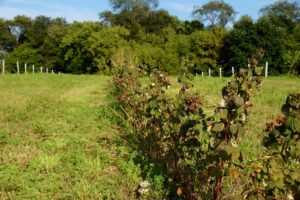
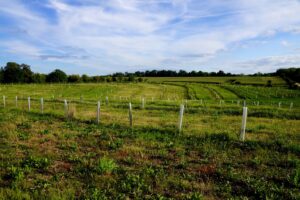
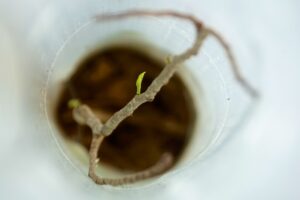
Lockie Farm
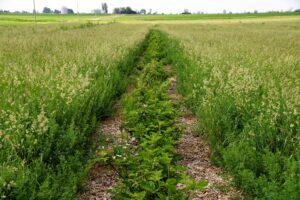
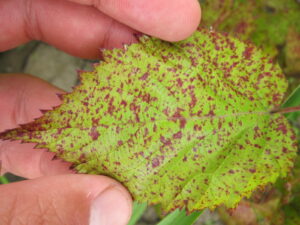
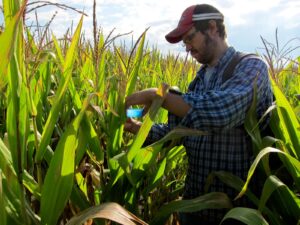
Sun Dappled Farms
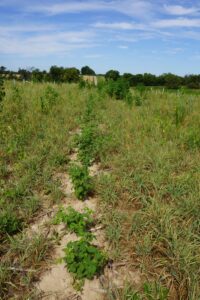
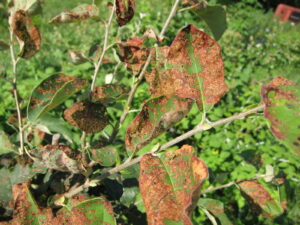
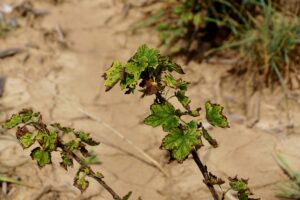
Seven Sisters Farm
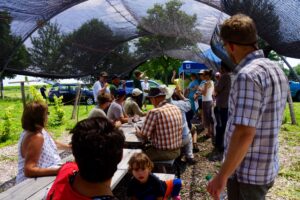
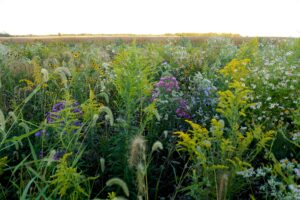
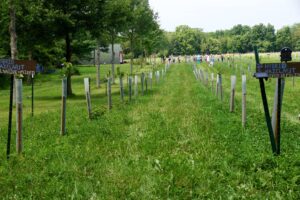
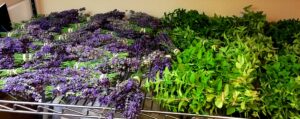
Objectives/Performance Targets
RESEARCH
Objective 1: Evaluate the growth and yield of Diverse Agroforestry (DA) systems across a range of management strategies .
Objective 2: Identify baseline pollinator communities present in and interacting with DA systems compared to an adjacent natural area.
Objective 3: Identify & monitor pests and pathogens affecting the novel woody perennial crops included in DA systems
OUTREACH
Objective 1: Document the establishment & growth of DA systems via time-lapse photography
Objective 2: Distribute results via printed materials, online media, and field days
Accomplishments/Milestones
RESEARCH
Objective 1: Evaluate the growth and yield of Diverse Agroforestry (DA) systems across a range of management strategies .
In the fall/winter of 2016, each farmer conducted censuses of woody crop plant survival for each of their many species. Our field research intern then measured woody crop growth via stem diameter measurements using a digital caliper. These measurements will be compared to the 2015 measurements to understand growth trajectories at the different farms and especially in relation to the management strategies used at each farm.
Objective 2: Identify baseline pollinator communities present in and interacting with DA systems compared to an adjacent natural area.
Our field research intern visited each of the four collaborating farms monthly during the 2016 growing season to set bowl traps and collect samples on baseline pollinator communities. In addition to the DA systems and adjacent natural areas, samples were also collected from nearby row-crop fields where available as an additional comparison. A new lab-based intern has been leading the ongoing effort to identify all insects in the collected samples. With four farms and multiple treatments at each farm, this identification process is sizable, and the intern has been hard at work all winter. We are close to having all 2015 and 2016 samples completely identified down to the order level.
Objective 3: Identify & monitor pests and pathogens affecting the novel woody perennial crops included in DA systems.
During each monthly visit to the collaborating farms, our field research intern worked with farmers to scout crops for pests and pathogens, including critical pests such as Drosophila suzukii and anthracnose, as well as any other notable pathogens. Samples of observed pathogens were submitted to the University of Illinois Extension’s Plant Clinic for identification, and Savanna Institute staff are now compiling all data to determine if any unexpected pathogens were seen among crops.
OUTREACH
Objective 1: Document the establishment & growth of DA systems via time-lapse photography.
The time-lapse cameras installed in 2015 continued to record one photo daily to document the growth of the DA systems on the farms throughout the 2016 season. The string of photos is being compiled into a video for each farm for sharing.
Objective 2: Distribute results via printed materials, online media, and field days.
We held field days at Seven Sisters Farm, Sun Dappled Farms, and Fields Restored, which included tours led by the farmers and presentations by Savanna Institute staff. At each field day, as well as at three Savanna Institute field days on other farms, we introduced the farming systems and provided an overview of this SARE-supported study. Attendees were provided with light refreshments and time to develop relationships among themselves. Field day announcements and photos following the events were shared on social media and via the Savanna Institute newsletter.
We are currently in the process of preparing a bulletin of final results to be shared in print and digital form.
Impacts and Contributions/Outcomes
With two full years of data in hand, we have documented substantial arthropod diversity benefits of agroforestry systems. Despite the young age of the systems included in this study, higher diversity was still observed relative to hay and row-crop systems. Final statistical analyses will provide strong evidence of the ecological benefits of DA systems.
Results of growth data suggest that management approaches have a dramatic impact on crop survival and growth. Weed control and disease management seem to be the key factors driving growth differences.
At the on-farm field days in 2016, ~50 attendees observed the DA systems included in this study and learned about the project. We have witnessed many new collaborations form as a result of introductions made at on-farm field days. Furthermore, at thee Savanna Institute’s annual Farmer Gathering in February 2017, Savanna Institute staff presented to ~60 attendees about what had been learned so far in this study.
Collaborators:
Farmer
in Cramer, a tiny place between Trivoli and Farmington in Peoria County.
Elmwood, IL 61529
Office Phone: 3093387876